Welcome Tile Tuesday! This is the first installment of a series inspired by my discoveries exploring Seville and Valencia, Spain with Tile of Spain. Not only did we attend Cevisama, the renowned trade fair showcasing the best of the Spanish tile industry, we also explored two cities, their history, culture and architecture with two very passionate local architects. Along the way I learned a lot about ceramic tile in general and that was one of my goals for this trip. Each Tuesday I will be sharing something interesting about tile and the cities we visited. Ceramic tile is the product of the culture in which it is made. Whether you’re talking 1300s or today, tile really is an artefact of the time in which it was produced.
Along the way I learned a lot about ceramic tile in general and that was one of my goals for this trip. Each Tuesday I will be sharing something interesting about tile and the cities we visited. Ceramic tile is the product of the culture in which it is made. Whether you’re talking 1300s or today, tile really is an artefact of the time in which it was produced.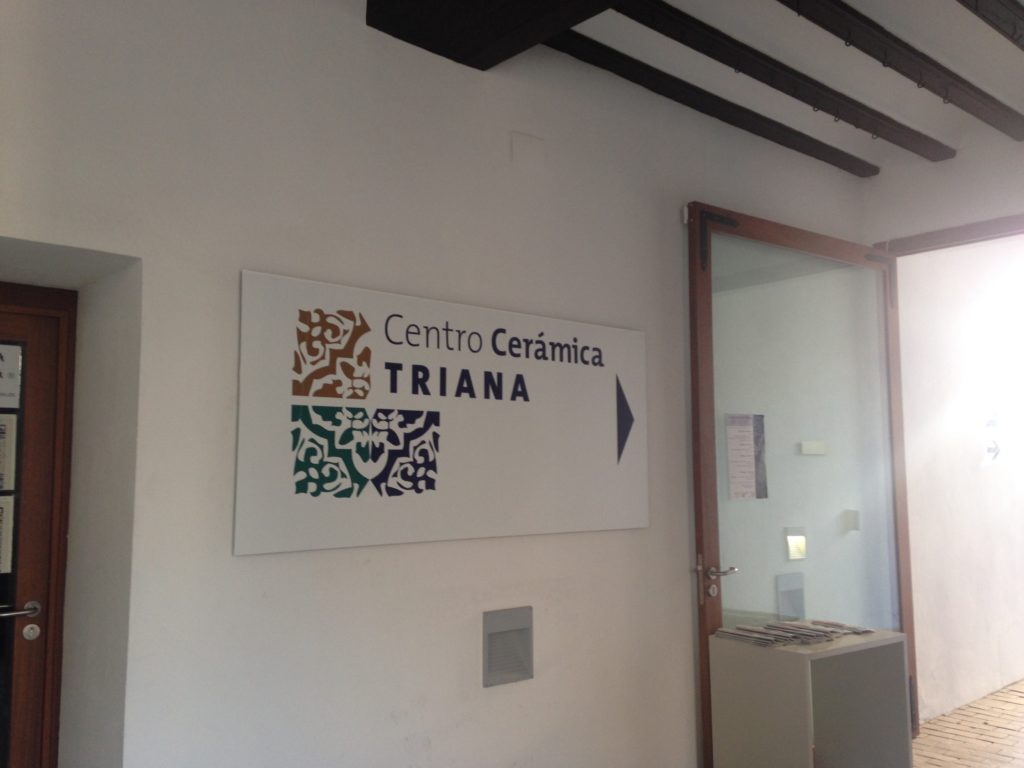 Even the examples we saw of cutting edge 21st century Spanish tile manufacturers such as Peronda, Inalco, Aparici and more have their roots in a much older tradition. What better place to begin than at the beginning. Our adventure started in Seville with a visit to Centro Ceramica Triana, a ceramic museum which was once a tile factory.
Even the examples we saw of cutting edge 21st century Spanish tile manufacturers such as Peronda, Inalco, Aparici and more have their roots in a much older tradition. What better place to begin than at the beginning. Our adventure started in Seville with a visit to Centro Ceramica Triana, a ceramic museum which was once a tile factory.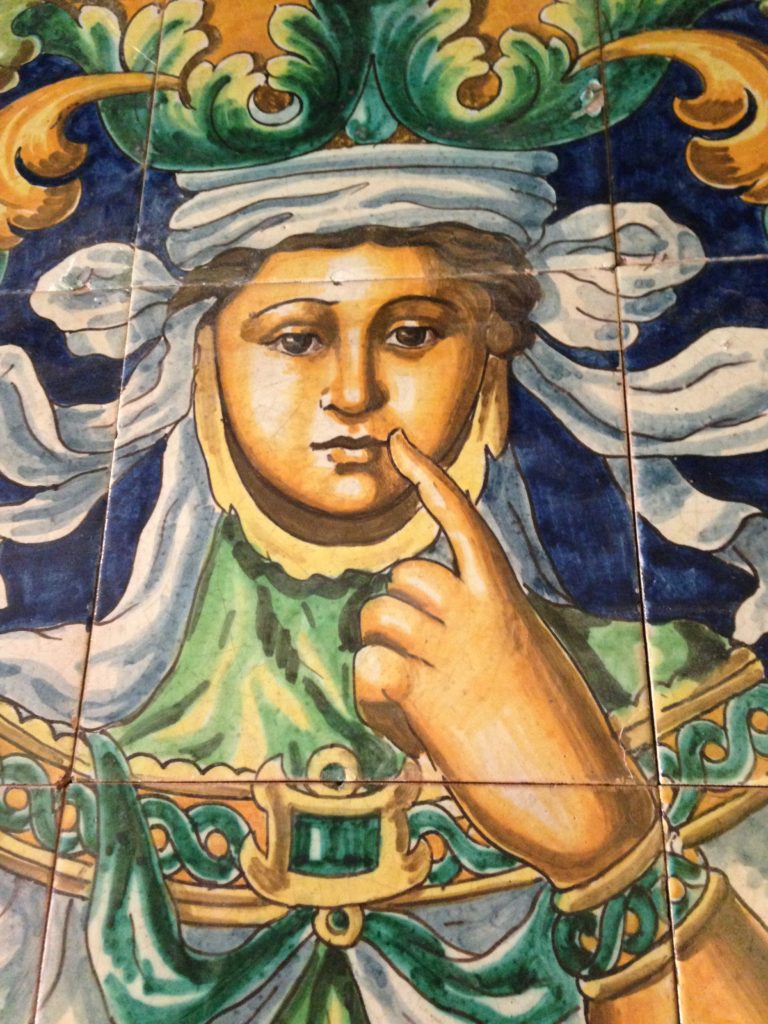 Several years ago the city of Sevilla wisely decided to preserve and showcase the old Santa Ana Ceramic Factory, which itself was built upon centuries old prior factories.Last year it was opened to the public. What intrigued me the most is that this museum is a structure consisting of layers. You can find antiquity dating back to the 16th century on the bottom followed my those of the following centuries above it. Architecture is honored. What has come before is respected and preserved. The new lives together with the old throughout Spain and this museum is a perfect example of that.
Several years ago the city of Sevilla wisely decided to preserve and showcase the old Santa Ana Ceramic Factory, which itself was built upon centuries old prior factories.Last year it was opened to the public. What intrigued me the most is that this museum is a structure consisting of layers. You can find antiquity dating back to the 16th century on the bottom followed my those of the following centuries above it. Architecture is honored. What has come before is respected and preserved. The new lives together with the old throughout Spain and this museum is a perfect example of that.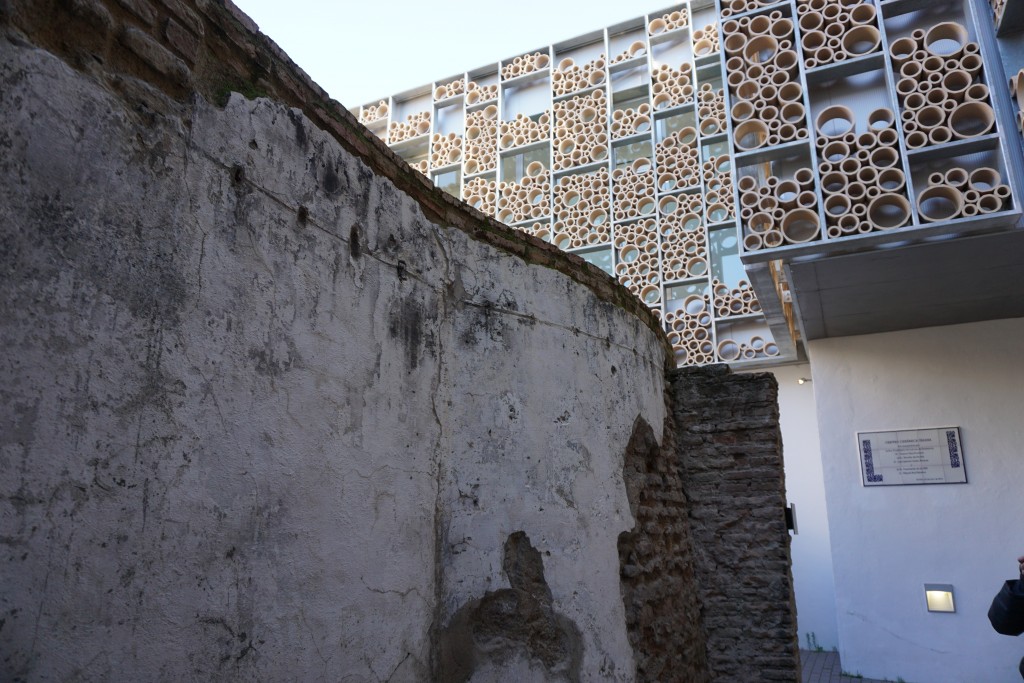 Run by Enrique Rodgriguez Garcia, Santa Ana was still a productive factory up until the seventies. They survived up until that point selling all genres of ceramics including murals, shop signs, pottery, lettering, and religious items. Garcia passed away in 2005 but has left his artisan legacy to his descendants.
Run by Enrique Rodgriguez Garcia, Santa Ana was still a productive factory up until the seventies. They survived up until that point selling all genres of ceramics including murals, shop signs, pottery, lettering, and religious items. Garcia passed away in 2005 but has left his artisan legacy to his descendants.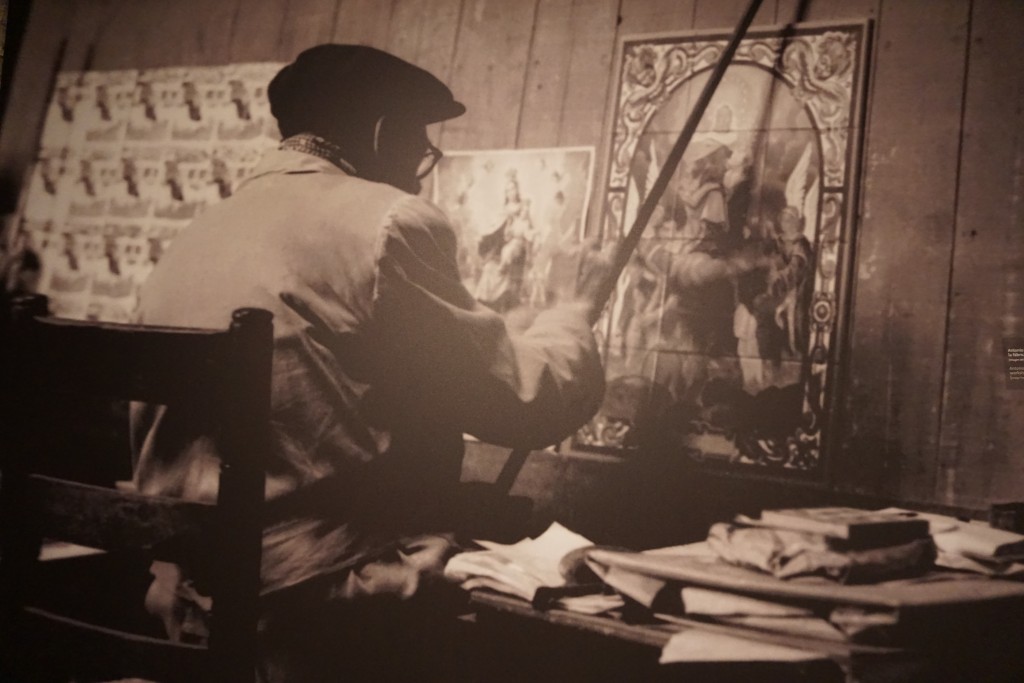
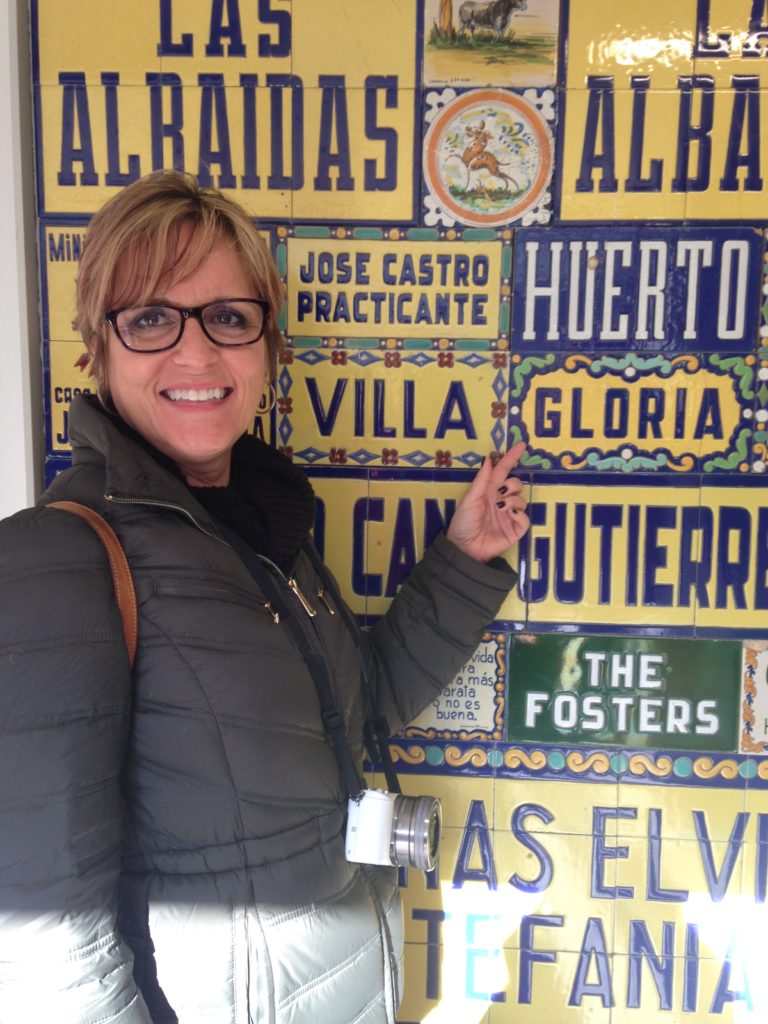 The barrio of Triana sits on the banks of the River Guadalquivir. The ceramic industry, which dates back to Roman times, grew here, in this neighborhood, due to the proximity of natural clay resources. In addition, it is interesting to note that most ceramic glazes come from Spain. This film, by Direccion TVArq, gives you a real feel for the space, outlining the blend between the modern museum and the antiquity revealed below. Note the original 16th century kilns and if you are fortunate enough to speak Spanish you will hear about the history of the site and the process of creating the current museum.
The barrio of Triana sits on the banks of the River Guadalquivir. The ceramic industry, which dates back to Roman times, grew here, in this neighborhood, due to the proximity of natural clay resources. In addition, it is interesting to note that most ceramic glazes come from Spain. This film, by Direccion TVArq, gives you a real feel for the space, outlining the blend between the modern museum and the antiquity revealed below. Note the original 16th century kilns and if you are fortunate enough to speak Spanish you will hear about the history of the site and the process of creating the current museum.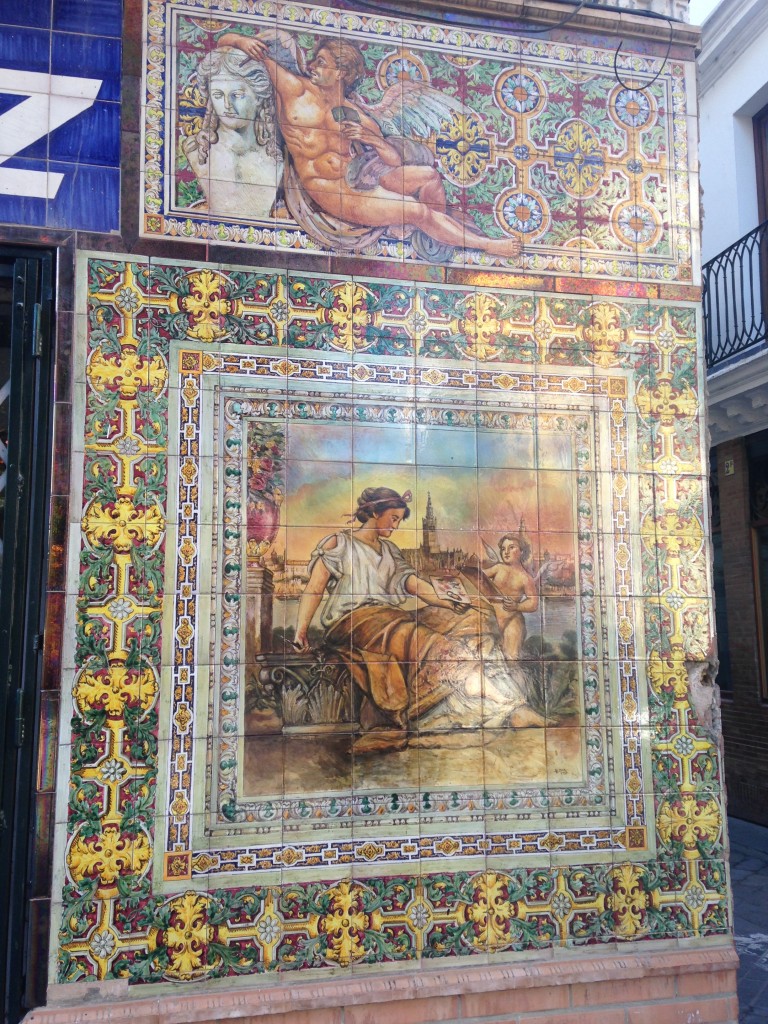
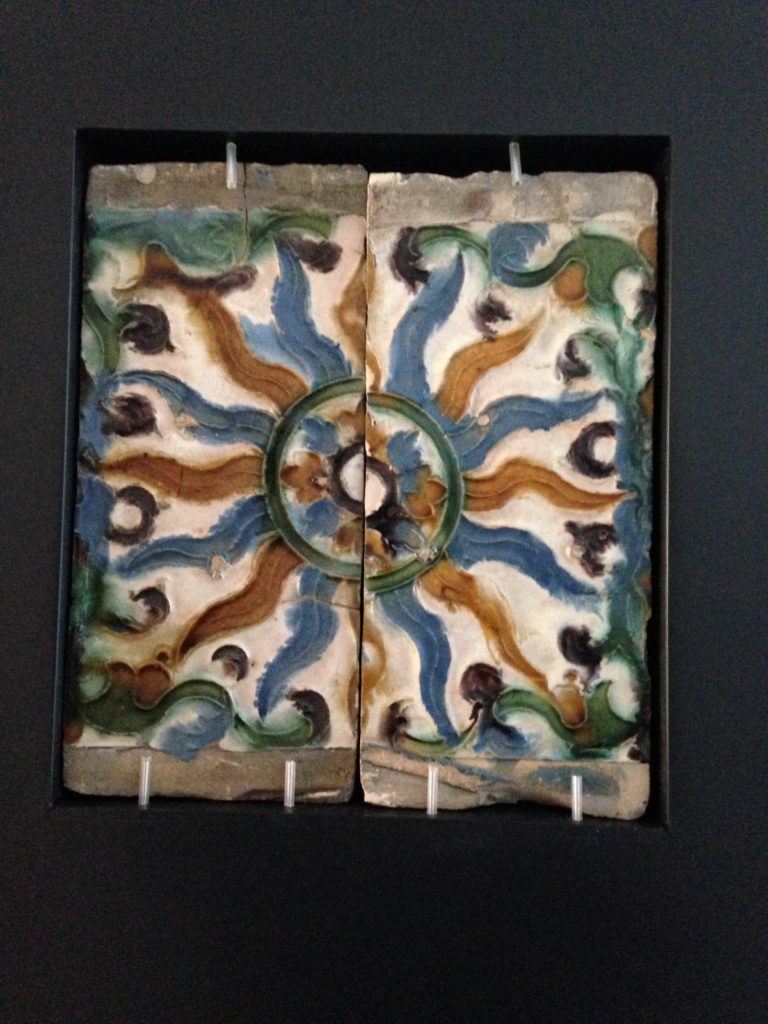 There are many ways to form and decorate clay to create ceramic tile. Niculoso Francisco Pisano, born and trained in Italy, lived and worked in Triana in the early 1500s. He devised a way of mass producing tiles. This is piece circa 1529 is one of the examples from his workshop.
There are many ways to form and decorate clay to create ceramic tile. Niculoso Francisco Pisano, born and trained in Italy, lived and worked in Triana in the early 1500s. He devised a way of mass producing tiles. This is piece circa 1529 is one of the examples from his workshop.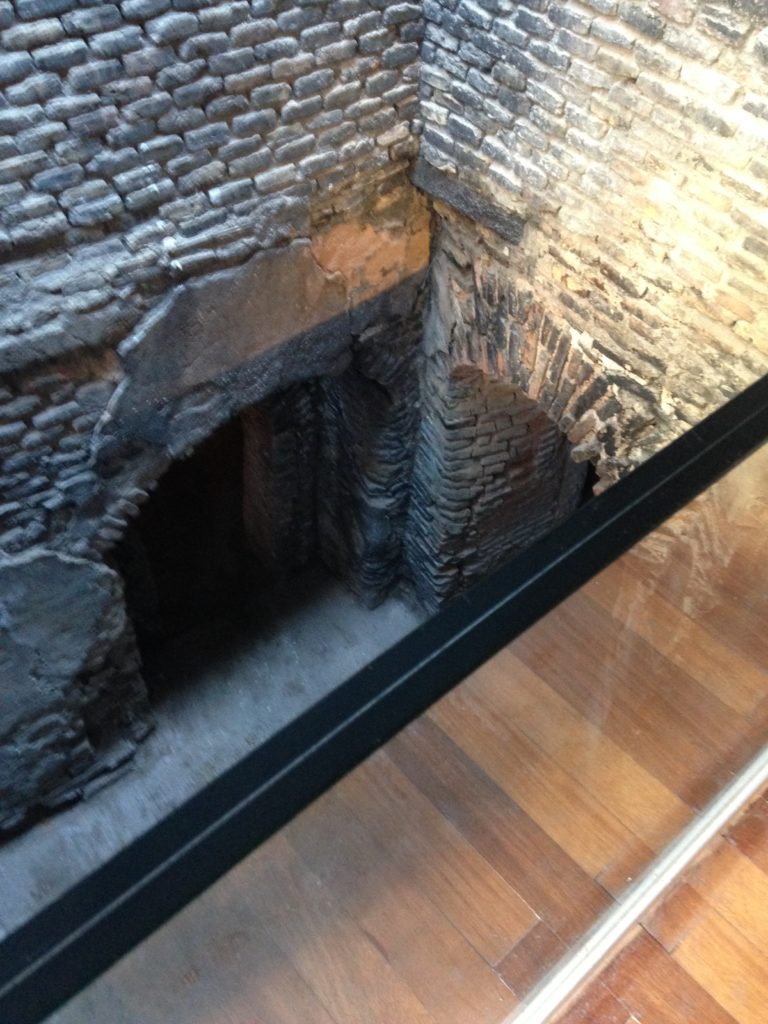 Ceramic tile is a creation of clay, earth, water, air and fire, a perfect balance of elements. I felt a soulfulness about this place, a passion for artisanship that lingers.Next Tile Tuesday: A look at Metropol Parasol, feat of engineering or folly?https://www.facebook.com/kitchensforliving
Ceramic tile is a creation of clay, earth, water, air and fire, a perfect balance of elements. I felt a soulfulness about this place, a passion for artisanship that lingers.Next Tile Tuesday: A look at Metropol Parasol, feat of engineering or folly?https://www.facebook.com/kitchensforliving
Street Address
Palm Beach
15612547736
Inspired Design For Artful Living
Your Custom Text Here
